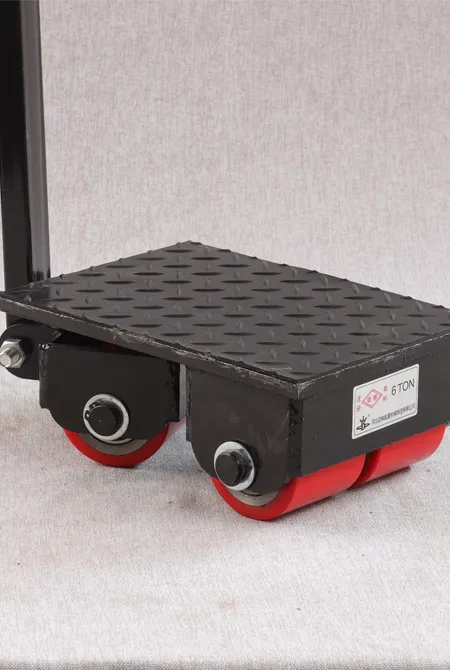Efficient Strategies for Safe and Timely Heavy Machinery Relocation Across Various Industries
Heavy Machinery Relocation Challenges and Solutions
Relocating heavy machinery is an intricate process that demands careful planning, expert knowledge, and specialized equipment. As industries evolve and businesses expand, the need for relocating large machinery becomes inevitable. Whether it is for upgrading facilities, entering new markets, or optimizing production processes, relocating heavy machinery poses unique challenges that require strategic solutions.
One of the foremost challenges in heavy machinery relocation is the sheer size and weight of the equipment. Machines such as cranes, excavators, and large industrial presses are often massive, requiring heavy-duty transport vehicles and skilled operators. The logistics involved in moving such equipment are complex and heavily regulated, necessitating adherence to local and federal transportation laws. This complexity means that planning must begin well in advance, often several months before the actual move.
Additionally, the physical condition of the machinery is a critical factor in the relocation process. Many machines are sensitive to movement and can sustain damage if not handled correctly. Disassembling and reassembling these units often requires specialized knowledge and tools, which can add to the time and cost of the relocation. Furthermore, not every machine can be relocated without appropriate precautions. Companies must identify which pieces of machinery can be moved and which need to be replaced or refurbished, adding another layer of decision-making to the process.
heavy machinery relocation

Safety is another paramount concern when relocating heavy machinery. The potential for accidents during disassembly, transportation, and reassembly is significant. Heavy machinery can pose risks to workers if not handled properly. Therefore, employing qualified professionals who are trained in the safe handling of heavy equipment is essential. This includes ensuring the use of appropriate personal protective equipment (PPE), conducting safety audits, and providing comprehensive training to all personnel involved in the move.
Moreover, logistical considerations play a crucial role in the relocation process. Planning the route for transporting heavy machinery is critical as it often involves navigating narrow roads, low bridges, and other transportation obstacles. Companies must coordinate with local authorities to secure necessary permits and possibly even temporarily rerouting traffic. This coordination requires meticulous attention to detail to ensure that the relocation is completed smoothly and efficiently.
Once the machinery has arrived at its new destination, the task is not yet over. Companies must ensure that the equipment is set up correctly and calibrated for optimal performance at its new site. This can necessitate additional technical work, including electrical and plumbing adjustments, to meet the specifications of the new facility. Ensuring minimal downtime during this phase is critical, as delays can lead to significant financial losses.
In conclusion, heavy machinery relocation is a multifaceted endeavor that involves several challenges, ranging from logistics and safety to technical requirements. To mitigate these challenges, businesses should work with specialized logistics companies that have experience in handling large and complex projects. By investing in careful planning, adhering to safety standards, and utilizing skilled labor, companies can navigate the complexities of heavy machinery relocation effectively. Ultimately, a seamless relocation not only minimizes risk and downtime but also positions businesses for future growth and success in an ever-evolving industrial landscape.
-
The Ultimate Guide to Heavy Machinery Moving EquipmentNewsAug.04,2025
-
The Evolution of Large Equipment MoversNewsAug.04,2025
-
Maximizing Efficiency with PML Magnetic Lifters in Industrial OperationsNewsAug.04,2025
-
Choosing the Best Small Gantry CraneNewsAug.04,2025
-
Innovations in Permanent Lifting Magnet TechnologyNewsAug.04,2025
-
How to Maintain Your Adjustable Gantry Crane for LongevityNewsAug.04,2025
-
PML 6 Lifting Magnet Troubleshooting GuideNewsJul.25,2025
